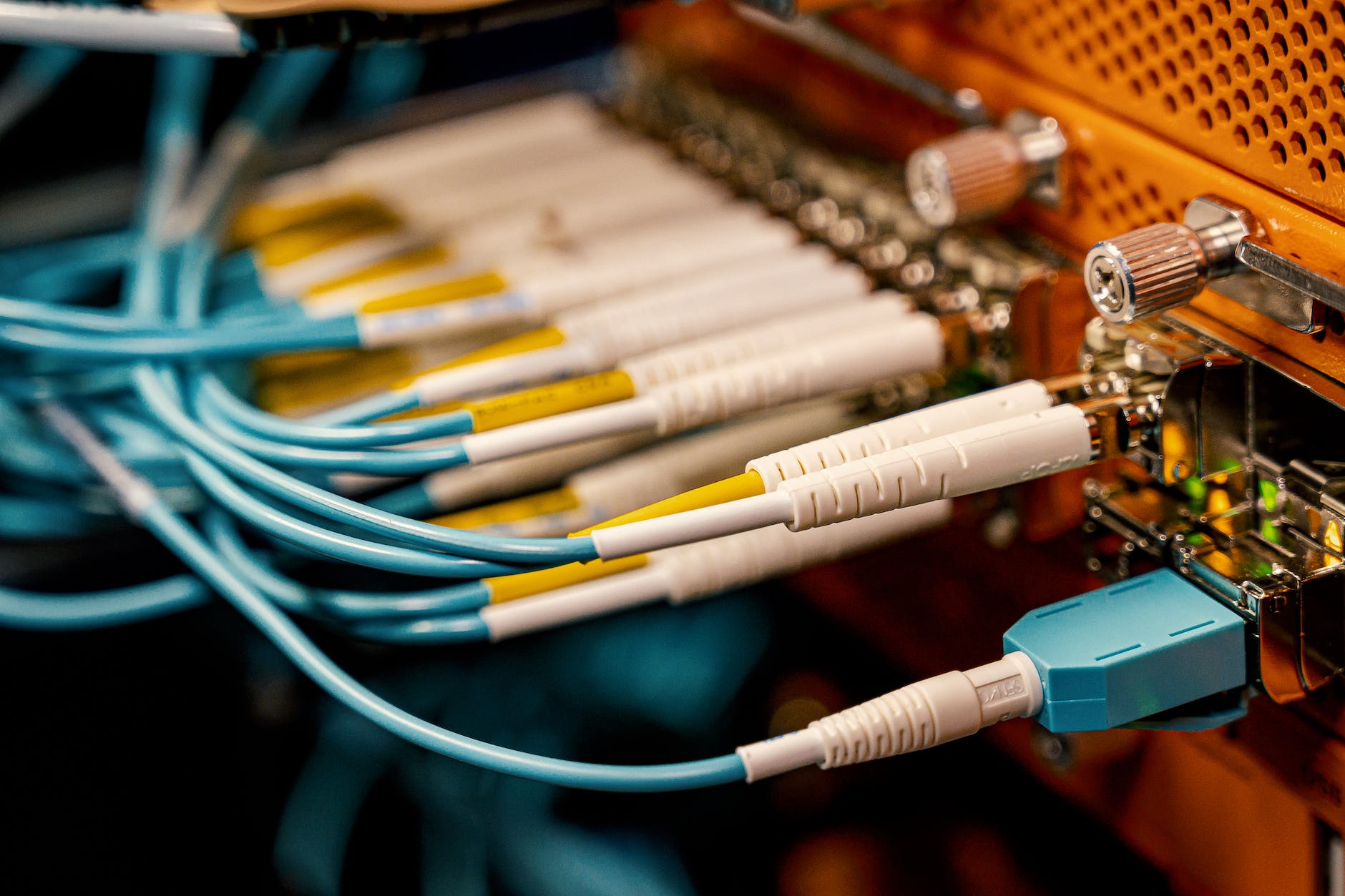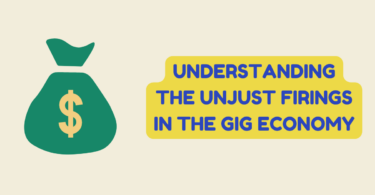
Fiber Optics
According to research carried out by the Fiber Broadband Association (FBA), around 43% of homes in America have access to fiber optics, which is fast becoming the industry standard. At the moment, it is estimated that almost every home will be supplied by 2025, which means the finish line is almost in sight. If you’re wondering whether an upgrade to fiber optic broadband is worth it, continue reading this article.
How Fibre Works
Fiber optic broadband uses strands of fiber to send light pulses over long distances. Because fiber doesn’t use electricity, it’s much faster and more reliable and can cope with higher bandwidth. Fiber cables are made up of plastic or glass fibers, and they’re used to send light at 70% of the speed of light. Contained within the light is data, which allows access to the internet.
If you’re interested in how fiber cabling is manufactured, click here to read more.
Fiber Optic Networks
When devices in your home receive internet connectivity, it comes from an exchange – the connection between the two points is called a fiber optic network. There are many different types of networks including FTTP (Fiber to the Premises), but we will touch on this more in the last section.
Fiber Optic Strands
Fiber optic cabling is split into two types: multimode and single-mode. Multimode is used to traverse short distances. Whereas, single-mode is used when dealing with long distances. The reason for this is that single-mode fiber has a smaller diameter, which means light can be sent across in a single beam.
When multimode fiber cables are used, the diameter is much larger, which allows more data to be sent at once. However, it means that light paths may cross, which can lead to missed data along the line.
The Fastest Type of Network
We mentioned FTTP as being an example of a fiber network, and it’s the most common because it’s the fastest. By using full fiber cables that travel from the exchange to your home, ISPs can deliver the best download speeds possible.
Another common type of fiber optic network is FTTC (Fiber-to-the-Cabinet). Unlike FTTP, FTTC uses fiber to send data from the exchange to a box located near your property. Then, traditional copper cables are used to get the rest of the job done. Naturally, this is faster than full copper cabling, but it still leaves the line open to slower speeds.
Fiber Broadband Benefits
The fiber broadband infrastructure is built with the future in mind, as some networks allow for Gigabit connectivity, which is more than capable of operating next-gen devices without lag. As well as this, fiber optic cables are much smaller than copper wiring, making them easier to install. Finally, because fiber optics use light instead of electricity, it’s a lot more reliable.
If you’re in an area with fiber broadband availability but haven’t made the switch yet, it’s well worth getting in touch with your ISP and reaping the full benefits of the future. Eventually, full traditional copper cabling will be obsolete, so you may as well leave it behind now.






